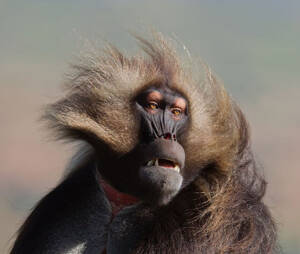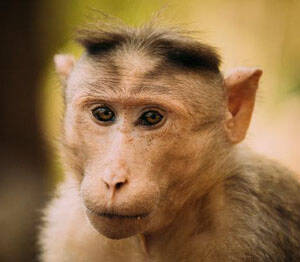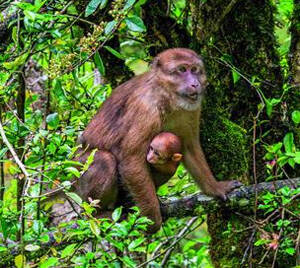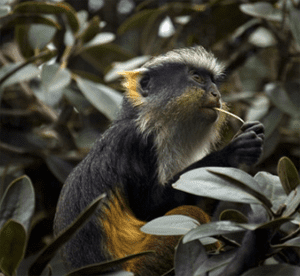
Cercocebus agilis
Cercocebus agilis,Agile mangabey,White-browed monkey
Agile mangabey (scientific name: Cercocebus agilis) is also known as Agile m···

Theropithecus gelada
Theropithecus gelada,Gelada Baboon,,Gelada Baboon
Gelada Baboon (scientific name: Theropithecus gelada) is a large monkey with···

Papio ursinus
Papio ursinus,Chacma Baboon
Papio ursinus (scientific name: Chacma Baboon) has two subspecies and is the···

Papio papio
Papio papio,Guinea Baboon
Guinea Baboon (scientific name: Papio papio) is a smaller species in the sam···

Papio cynocephalus
Papio cynocephalus,Yellow Baboon
Papio cynocephalus (scientific name: Papio cynocephalus), also known as Yell···

Papio anubis
Papio anubis,Olive Baboon,Anubis Baboon, Olive Baboon
The East African baboon (scientific name: Papio anubis) is also known as the···

Rungwecebus kipunji
Rungwecebus kipunji,Kipunji,Rungwe Chipanzi Monkey, Highland White-browed Monkey, Rungwe Capuchin Monkey
Kipunji monkey (scientific name: Rungwecebus kipunji) is a new monkey specie···

Lophocebus aterrimus
Lophocebus aterrimus,Black Mangabey
Black Mangabey (scientific name: Lophocebus aterrimus) is a medium-sized arb···

Lophocebus albigena
Lophocebus albigena,Grey-cheeked Mangabey, White-cheeked white-maned monkey
Grey-cheeked Mangabey (scientific name: Lophocebus albigena) is also known a···

Macaca tonkeana
Macaca tonkeana,Tonkean Macaque, black baboon, golden macaque
The scientific name of the Tonkean macaque is Macaca tonkeana, and its forei···

Macaca sylvanus
Macaca sylvanus,Barbary Macaque,Barbary macaque, Barbary macaque, Gibraltar ape
Mediterranean macaque (scientific name: Macaca sylvanus) is also known as Ba···

Macaca sinica
Macaca sinica,Toque Macaque,Sri Lankan monkey, Lanka macaque, temple monkey
Sri Lankan macaques (scientific name: Macaca sinica) are also known as Toque···

Macaca slienus
Macaca slienus,lion-tailed macaque,Lion-tailed macaque
Lion-tailed macaque (Macaca slienus), also known as lion-tailed macaque, is ···

Macaca siberu
Macaca siberu,Siberut Macaque
The scientific name of the Siberut Macaque is Macaca siberu, and its foreign···

Macaca radiata
Macaca radiata,Bonnet Macaque
The scientific name of the crested macaque is Macaca radiata, and its foreig···

Macaca pagensis
Macaca pagensis,Macaca pagensis
The scientific name of the Mentawai macaque is Macaca pagensis, and its fore···

Macaca nigra
Macaca nigra,Celebes Crested Macaque, Sulawesi crested monkey, Sulawesi monkey, crested monkey, Sulawesi macaque, black monkey
The black-crowned macaque (scientific name: Macaca nigra) is also known as C···

Macaca munzala
Macaca munzala
The Southern Tibetan Macaque (scientific name: Macaca munzala) is a typical ···

Cercopithecus pogonias
Cercopithecus pogonias
The crested long-tailed monkey Cercopithecus pogonias likes to live in the f···

Cercopithecus petaurista
Cercopithecus petaurista
The scientific name of the small white-nosed long-tailed monkey is Cercopith···

Known for its diverse voice
Known for its diverse voice
The white-nosed monkey (scientific name: Cercopithecus nictitans) is also kn···
